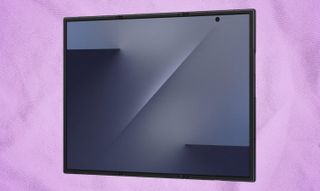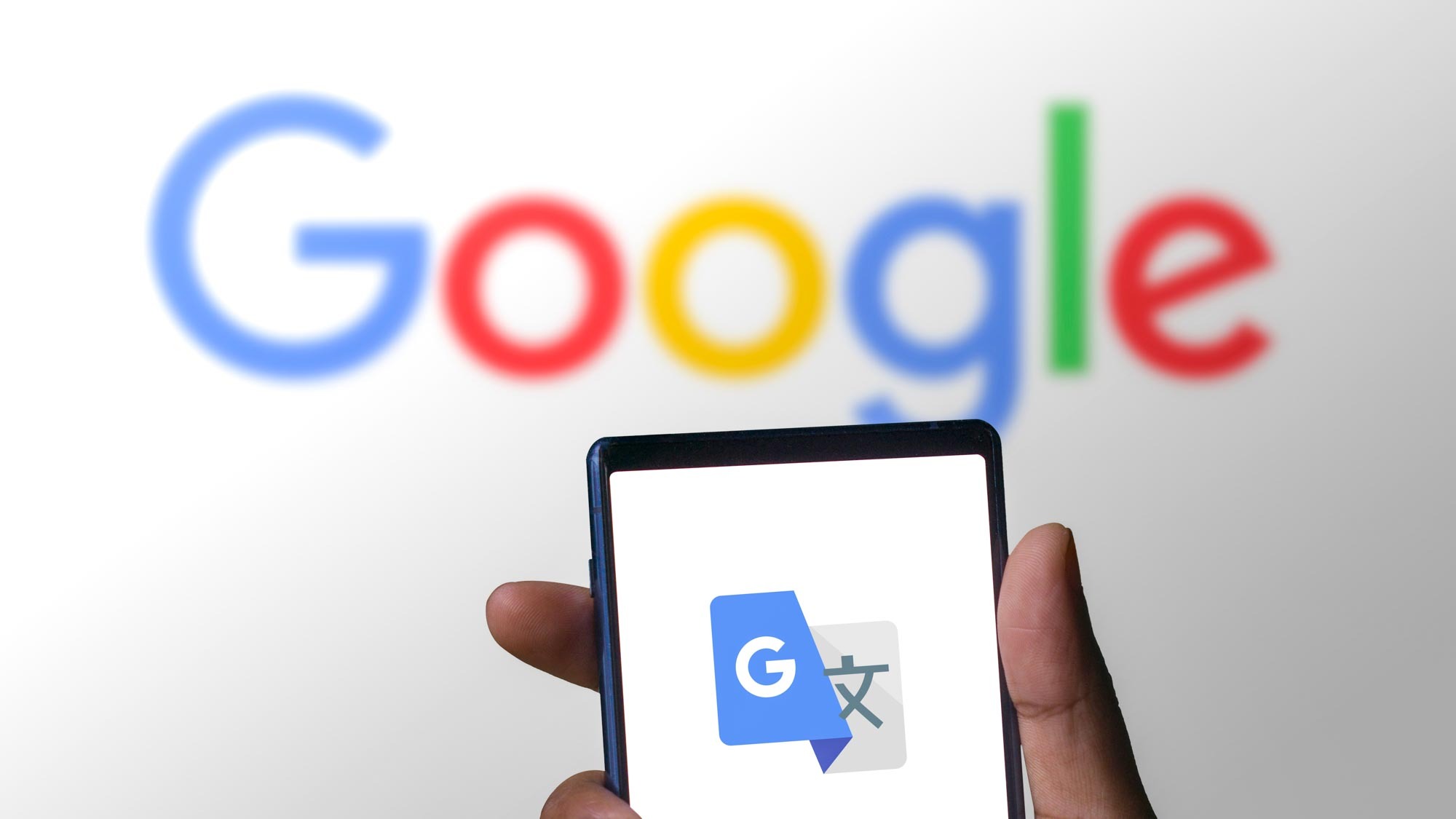Samsung Phones
Latest about Samsung Phones
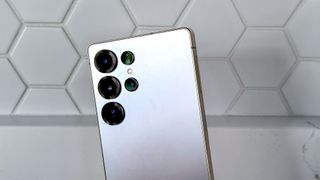
Samsung Galaxy S26 Ultra: All the rumors so far
By Alan Martin last updated
Samsung’s next flagship phone is beginning to take shape ahead of its early-2026 launch. Here's everything we know about this upcoming flagship.
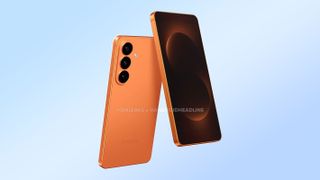
Galaxy S26 Plus is rumored to return to Samsung's flagship lineup — with these 5 big changes
By Philip Michaels published
For a while, it looked like the Galaxy S26 Plus may not be part of Samsung's plans. But with rumors pointing to it remaining in the S26 lineup, here's what you can expect from the new model.
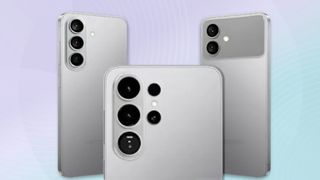
Galaxy S26 could feature wireless charging that could rival iPhone’s MagSafe — here’s what we know
By Josh Render last updated
A new series of leaks regarding the Galaxy S26 series' accessories suggest the brand could finally be accepting the Qi2 magnetic standard.
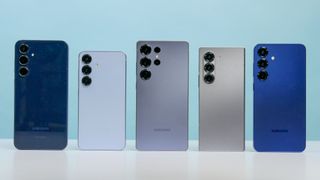
Best Samsung phones in 2025
By Richard Priday last updated
Not sure which Samsung phone is best for you? Here's a guide to all the Galaxy phones we recommend.

Samsung's upcoming camera tech could benefit the entire smartphone industry — here's how
By Richard Priday published
The next Samsung smartphone camera upgrade could be a continuous zoom lens. But the snag is that it's Tecno, not its own Galaxy phones, that will get to use them first.

Galaxy S26 camera rumors: 5 features tipped for this year’s flagships
By Philip Michaels published
Don't expect an overhaul of the cameras on any Samsung Galaxy S26 model. But we could see some changes that impact the top camera phones from Samsung.
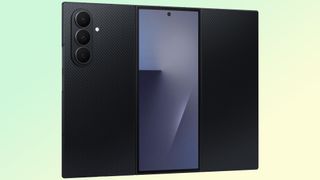
Samsung Galaxy Z TriFold pricing — here's why I'm scared
By John Velasco published
One of the biggest questions surrounding the Galaxy Z TriFold is its price. Many of the rumors hint to $3,000, but I'm afraid it could end up being more. Here's why.
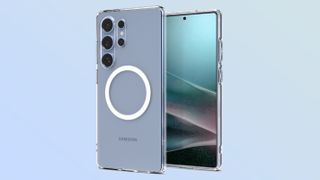
Samsung Galaxy S26 might finally get the charging upgrade we've been waiting for
By Scott Younker published
A new leak claims Samsung is preparing its own Qi2 wireless charger, suggesting the S26 series may finally get the Android version of MagSafe charging.
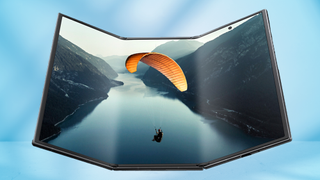
I'm skeptical about the Galaxy Z TriFold — here are the 5 big questions I have about Samsung's triple-folding phone
By Philip Michaels published
Samsung's revealed some of the specs for its Galaxy Z TriFold phone coming to the U.S. next year. But some big questions remain about this triple-folding device.
Here at Tom’s Guide our expert editors are committed to bringing you the best news, reviews and guides to help you stay informed and ahead of the curve!
